|
Starting a home garden can be a fun and rewarding experience. Not only is it a great way to get some fresh air and exercise, but it can also save you money on groceries and provide you with a steady supply of fresh produce. However, if you've never started a garden before, it can be intimidating to know where to begin. In this blog post, we'll take a look at the steps you need to take to start a home garden successfully. Step 1: Decide what you want to grow
The first step in starting a home garden is to decide what you want to grow. You'll need to consider factors such as the amount of space you have available, the amount of sunlight your garden receives, and the climate in your area. It's also a good idea to think about what you and your family enjoy eating, as well as any herbs or flowers you may want to grow. Once you've decided what you want to grow, it's important to do some research to determine what types of plants are best suited for your garden. You can consult gardening books or websites, or speak with someone at your local nursery for advice. Keep in mind that some plants require more care and attention than others, so choose plants that fit your skill level and the amount of time you have available to devote to your garden. Step 2: Choose the right location Choosing the right location for your garden is crucial to its success. You'll need to find a spot that receives plenty of sunlight, as most plants require at least six hours of sunlight per day to thrive. You'll also want to choose a location that has good soil drainage, as waterlogged soil can lead to root rot and other problems. It's also important to consider the size of your garden and the amount of space you have available. If you're working with a small space, consider using containers or raised beds to maximize your growing area. Step 3: Prepare the soil Once you've chosen the location for your garden, it's time to prepare the soil. This involves removing any weeds or grass that may be growing in the area, as well as loosening the soil to a depth of at least 6 inches. You can use a garden fork or tiller to do this, being careful not to compact the soil. Next, you'll need to amend the soil with organic matter such as compost, aged manure, or peat moss. This will help improve soil structure and provide your plants with essential nutrients. You may also want to test your soil pH to ensure that it's within the appropriate range for the plants you want to grow. Step 4: Plant your garden Now that you've prepared the soil, it's time to plant your garden. Follow the planting instructions for the plants you've chosen, being sure to space them appropriately and plant them at the appropriate depth. You may also want to consider using companion planting techniques, which involve planting certain plants together to help control pests and improve soil health. Be sure to water your plants regularly, especially during dry spells. You may also want to add a layer of mulch around your plants to help retain moisture and prevent weeds from growing. Step 5: Maintain your garden Maintaining your garden is crucial to its success. This involves regular watering, weeding, and pruning to ensure that your plants stay healthy and productive. You may also want to fertilize your plants periodically with a balanced fertilizer to provide them with essential nutrients. It's also important to monitor your garden for pests and diseases, and to take appropriate measures to control them if necessary. This may involve using organic pest control methods such as companion planting, crop rotation, or insecticidal soap. Finally, be sure to harvest your crops regularly to keep them producing. You may also want to preserve your harvest
141 Comments
Ever wonder why your yard is always muddy? Stepping in a yard that causes muddy shoes and wet socks is never fun. Muddy and messy yards can be caused by multiple things like improper grading, water-retaining soil, and multiple other problems. Another problem that can cause your lawn to retain more water than necessary is a clogged landscape drain. What Are Landscape Drain?Landscape drains go by many different names such as catch basins, area drain, or drainage basins. Landscape drains are helpful in areas that retain a lot of water. Landscape drains are the similar to floor drains such as shower drains. They usually look like a metal grate and they are usually located at low points in your landscape. The purpose of a drainage basin is to collect water. Landscape drains can take the water away from your lawn and make your yard less moist. How to Unclog a Landscape Drain:To clean out a landscape drain you must first retrieve all the tools that would be needed to complete the job. Tools you will need include things such as a screwdriver, a pair of gloves, a shop vacuum, and a garden hose. After that, you should make sure that there is no debris blocking the top of the drain. For the next step, you can remove as much debris with gloves as possible. If you cannot reach the rest of the debris, you can use a shop vacuum to suck out the rest of the debris. After you have cleaned out all that you can, you can wash the rest of the twigs, dirt, and build up out with a hose. Finally once you are done cleaning it, you can put it back on the cover, and you are done. Ways to Prevent Basins From Clogging In The Future:Make sure that you regularly clean out your gutters. Keeping your gutters clean will prevent extra leaves, branches, and dirt from clogging your drainage grates or drainage system. Additionally, you should remove any large plants or rocks surrounding the drain so that water may enter.
What is sod?Sod is grass that is held together by roots and a little bit of soil. This easily transportable grass can be rolled out like a carpet when it's time for installation. Sod is a wonderful invention, because it can be placed in areas where it is hard for grass to grow. Sod can also come in the form of artificial turf which is fake sod that is made to look like real grass. What type of sod should I choose?There are several different varieties of grass. It is important to choose a grass that is best suitable for your climate. There are grasses that are best suitable for warmer weather and others that are more suitable for cooler weather. There is also transitional grass for areas of both large amounts of heat or cold. Another factor to consider when choosing the correct grass is the amount of shade your grass will be getting. How to lay sod:Sadly, you cannot place sod on top of existing grass and expect it to work out perfectly. In order to lay sod properly, there is several steps you should take. First, you should first measure the area and make sure that the soil is in good condition. The soil should be stripped of any remaining weeds or grass that is in the way. You should also make sure that your lawn is properly graded and leveled making sure to balance the soil's pH levels with sulfur or lime as needed. Additionally, layering organic material on the top of the soil can help balance the amount of water that the soil holds. After the soil has been layered, it is ready for the soil to be tilled. Try to lay the sod in a straight line. Try using the side walk, driveway, or another straight landscape surface to help guide the placement of the sod. As you lay down sod, make sure to water it occasionally so that it does not dry out. When you reach the end of the lawn, you can cut off any overhanging or additional the sod with knife. After the sod is laid, check to make sure that air has not been trapped underneath. A surplus of air might cause complication or cause your lawn grow improperly. Be careful not to place too much pressure on the sod when trying to remove excess air as this could result in the sod being damaged. After you have successfully laid the sod and adjusted placement for air trapped underneath, you are now ready to start watering your grass. Maintenance after installation:For the first the first few weeks, you should water your sod regularly. Maintaining a good amount of moisture in the grass is important to ensure that your lawn grows properly. It is also important not to over watering your lawn.
After watering your new sod for the first few weeks, then you can go back to watering it on a regular like you would a normal lawn. Make sure that the amount of water is proportionate depending on the weather and other circumstances. We often get asked, "What is something I can do to make my garden look better?" Here are some of our most common suggestions for homeowners to improve their garden. Welcome With Flowers Flowers inform your visitors that they are welcome. An assortment of flowers near the entrance of your home sends the right type of warm message for company. Flowers add color that attracts the eye while softening hard edges. It would be nice to have flowers everywhere, but most people are on a budget. Flowers Are Not Just For The Ground Hanging baskets and raised planter boxes will take your garden to the next level, literally. This method creates visual layers which is quite appealing. Hanging baskets can adorn walk ways and patios. Raised planter boxes can liven up a drab patio. Experimenting is easy since you can simply move them to a new location. Remember to layer your baskets and planter boxes. Three types of plants should be in your containers: something that drapes, something that fills, and something tall. Choose Flowering Plants This seems like a no-brainer, but a lot of landscapes are severely lacking in flowering plants. Lilies, irises, and hydrangeas are nice choices for some low maintenance color in your garden. Azaleas, gardenias, crepe myrtles, and camellias should keep your yard in bloom for most of the year. Hide Your Shed
Sheds are functional, but most do not look great. Try lining your shed with some potted plants that get tall. A trellis with a flowering vine can screen a plain looking shed. Try a vertical herb wall. It will add some character and be useful when cooking. Make It Memorable Your backyard is yours to enjoy. Make something just for you that you love. If you have a large backyard, use the extra space to create an escape that you and friends clamor too. An outdoor oasis can include water features, statues, ornate outdoor furniture, grownup tree houses, or other hidden surprises.
This is a great time to add some seasoning to your garden. Cool-season herbs grow well in Louisiana’s fall season. Annual herbs to keep include coriander, cilantro, dill, fennel, chicory and parsley.
Perennial herbs keep well also during these colder months. Options include thyme, lavender, rosemary, mint, chives, oregano, catnip (for kitty), and pineapple sage. Chamomile is a perennial, but cannot survive the summer in Louisiana, so think of it as an annual if you choose to plant it. You will want to plant your herbs as close to the kitchen as possible. The further away they are, the less likely they are to be used. If you do not have an area close to the kitchen, herbs do very well when grown in containers. Only get herbs your regularly cook with and only a few plants of each. This will keep the space required for planting to a minimum and keep your herb gardening purchases cheap. Most herbs like well drained soil and to grow at a moderate pace. Do not apply a lot of fertilizer to your herbs. A nice mix of compost will do fine. If you do not have access to compost, and you must fertilize, use a half dose of the recommended amount. Herbs that grow too quickly do not have as much flavor. You will still reap the benefits in spring and summer of an herb garden planted now. Herbs will have time to develop over the winter and will be better equipped to handle the heat of summer. I hope your herb garden leads to a lot of delicious meals shared with family and friends. Essential Gardening Tips for Growing Gorgeous Louisiana Tomatoes
Tomatoes are right at the top of the list of plants that people living in Louisiana love to grow, though it can take a little extra TLC to get a good crop during the hot southern summer. And what's not to love? From bite-sized cherry and grape varieties to brilliant-colored heirlooms, no summer garden is complete without at least one or two of these gorgeous plants. Here are a few tips about when to plant, which varieties do well in our climate, how to fend off tomato spotted wilt virus (TSWV) and how to prepare soil for planting. Spring, Summer and Autumn Tomatoes Thanks to a long growing season, gardeners in Louisiana have three planting windows to take advantage of: early spring, midsummer and late summer. Spring crops are planted just after the last frost of the season. In the southern region that's typically around March 15, while in north Louisiana it's usually closer to April 1. Spring gardening is cooler, making it the optimum time for heirloom tomatoes, hybrid varieties and non-heat-set types. Summer and autumn tomatoes should be planted from mid-July to late August, and produce fruit until the first hard freeze. Gardeners looking for a fall harvest should look for heat-set varieties. Non-heat-set types sometimes suffer from poor pollen set or pollen sterilization due to high nighttime temperatures. Here are a few of the best varieties to grow in the Louisiana climate:
Especial care must be taken during the warmest weather to provide plenty of nitrogen fertilizer and water in the morning when needed. Getting Your Soil Prepped When it comes to growing amazing tomatoes, the soil mix makes all the difference. If you are planting in the ground, loosen the top 6 to 8 inches of soil and add a combination of aged manure, fertilizer or compost. Testing soil regularly can help you to determine fertilizer or soil pH adjustments that are needed. Tomatoes prefer a pH between 6.0 and 7.0. Placing plants in mounded rows of soil is helpful for providing adequate drainage in packed clay soils. Tomatoes are also an excellent choice for container gardening. As long as the container is gardening-safe and at least 5 gallons large and has plenty of drainage holes, a well-tended tomato plant should thrive. Because they have extensive root systems, these plants do not do well in small pots. Providing plenty of soil ensures that plants will need irrigation less frequently, preventing the leaching of calcium and other vital nutrients from the soil. Container plants that are over-watered are prone to blossom rot. What to Know about TSWV Gardening tomatoes in Louisiana means facing the risk of plants contracting tomato spotted wilt virus. Springtime brings with it a host of tiny insects known as thrips. These pests are carriers of the disease, and can pass it on to the host plant within 10 seconds of piercing it. Plants that contract TSWV before fruit setting will not produce. If fruit has already set, the skin of the tomatoes will form yellow or brown halos. Once a plant has the virus, insecticides cannot stop it. You should make sure to control insect pests early with a recommended insecticide and plant TSW-resistant cultivars. Infected plants should be removed in order to prevent the spread of the disease. Some Summary Notes Remember, it's important to choose cultivars based on their disease and pest resistance. You should also make sure to plant non-heat set varieties in the early spring, and heat-set varieties from midsummer to late August. Finally, preempt disease-carrying pests with a targeted insecticide early in the season, and make sure that plants receive regular irrigation throughout the growing season. Do You Need to Hire a Gardener?
Whether you own a residential or commercial property in Southern Louisiana, you want to make sure your property looks great to everyone who comes past. This involves ensuring the landscape looks pristine. However, it takes a lot of work to keep a garden looking great in the Louisiana climate. You may lack the horticulture expertise to ensure every type of plant gets the nourishment it needs, so for reliable landscape maintenance, it may be in your best interest to hire a professional gardener. Here are some steps to take to help you determine if hiring a professional is ideal for you. Look at the Garden Before you start making any phone calls, you really want to consider the aesthetic of your garden the way it is now. If you end up hiring a professional, then you would want to know what kind of work would need to be done on a regular basis. For example, the expert may only need to mow once in a while and prune some trees. For more ornamental gardens, a lot more maintenance will be required. Additionally, you want to consider what the garden is ultimately going to be used for. If it is going to be used for parties frequently, then you may want to think about hiring a gardener more seriously because a lot more work will be done to keep it looking great to guests. However, if you want it to be a peaceful, calm place for you to relax, then you may not need a horticulture expert as often. Finally, you want to consider if there is a certain way you want your landscape to look like. If it is currently fairly bland but you would like a more Oriental aesthetic, then you should hire an expert who is knowledgeable of that appearance. There is no need to draw up blueprints right this second, but you need to know what to look for in a professional before conducting research. Interview Several Different Professionals After you have a good idea of what you want, you are ready to start scheduling consultations with gardeners. This does not mean you eventually have to hire one, but it does show you are serious about having the most pristine garden possible. As such, there are several questions you want to ask the gardener to make sure he or she is the best person for your landscape maintenance.
Finally, you should mention if there are any aspect of the garden you would like to handle yourself. Perhaps you do not have a problem mowing the grass once a week, and you do not feel like paying someone else to do it. Make sure you mention this information so that the gardener knows to eliminate a responsibility. Taking care of some chores yourself can help cut costs, and you will feel a greater sense of pride in maintaining your own yard. Think About Your Personal Situation After interviewing several different companies and having price estimates for each one, you may still have some lingering thoughts on whether to pull the trigger and hire someone. You really need to think about your personal life and whether you have the time and energy to give your lawn the attention it deserves. If you work crazy hours at your job, then it may be best to take one chore off your shoulders. Additionally, if you are arguing with your spouse about who should take care of the landscape, then it is probably best to let someone else handle it. It is important to bear in mind that you can still do some gardening tasks on your own if you want to exercise your green thumb. Perhaps you want to plant a few fruit trees and harvest the fruit at various points in the year. It can be a great lifestyle choice, but fruit trees require a lot of work. You can focus on what you are passionate about while someone else handles the dirty work. There are plenty of compromises, and gardening professionals will work with you to develop a system everyone is happy with. Start Calling If you are ready for your garden to start impressing everyone in town, then you should seriously consider hiring a professional landscape maintenance service. A gardener who understands a thing or two about proper horticulture will be a great asset. It can be an investment you enjoy for years to come. GreenSeasons is a great choice for a gardener in southern Louisiana. We have licensed horticulturist, licensed arborist, and degreed landscape architects to assist you with your gardening problems. Call today at (225)752-2333. In the previous few years, boxwoods have been repeatedly damaged by an unknown source. Raj Singh, a plant pathologist from LSU AgCenter, noticed this and identified the cause as the fungus Colletotrichum. It causes random die-back of twigs and a black discoloration of the stem. There are currently no official recommendations for treatment for the fungus. Considering this, take extra care to sanitize your pruning equipment to prevent the spread of the disease to healthy plants. If you suspect your boxwoods have been infected, please contact your AgCenter extension. Removal of infected plant matter may help prevent the spread of this new pathogen. Landscape Disease Control
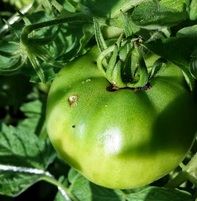 If you are growing tomatoes, you are either already enjoying yours or waiting for them to ripen, depending on the variety. Unfortunately, some of you may have had some tomatoes that have been affected by blossom end rot and are no longer edible. Blossom End RotBlossom end rot starts at the blossom end of the tomato, hence the name. It starts out as a small, sunken spot. It continues to spread and cause the fruit to ripen early. So look out for a discolored, sunken, dark spot near the bloom end of the plant. Also keep an eye out for blossom end rot in melons, squash, eggplants and peppers. Identify blossom end rot with these pictures. What Type of Calcium to Use on Tomatoes?A foliar sprays containing calcium chloride or calcium nitrate applied directly to the tomato and the leaves around it work great. You may also correct soil calcium deficiencies by applying lime or gypsum if you do it prior to planting. This does take some planning and you will have to have a soil test to see what your soil needs also. Cultural Controls For Blossom End RotPlants need water to absorb calcium from the ground. Be sure to not let the soil stay excessively dry. An even moisture level in the soil will keep blossom end rot away as long as there is calcium to absorb. Also, a good layer of mulch will retain moisture longer. GreenSeasons Homegrown Food |
AuthorCharlie Casselberry Categories
All
Archives
April 2024
|
||||||||||
Contact |
Services |
About |
Locations
|
GreenSeasons
|
Baton Rouge Office
11628 S Choctaw Drive, Suite 227 Baton Rouge, Louisiana 70815 |
Greenwell Springs Office
14461 Frenchtown Road Greenwell Springs, LA 70739 |
Slidell Office
56010 Highway 433 Slidell, Louisiana 70461 |
© 2020 GreenSeasons

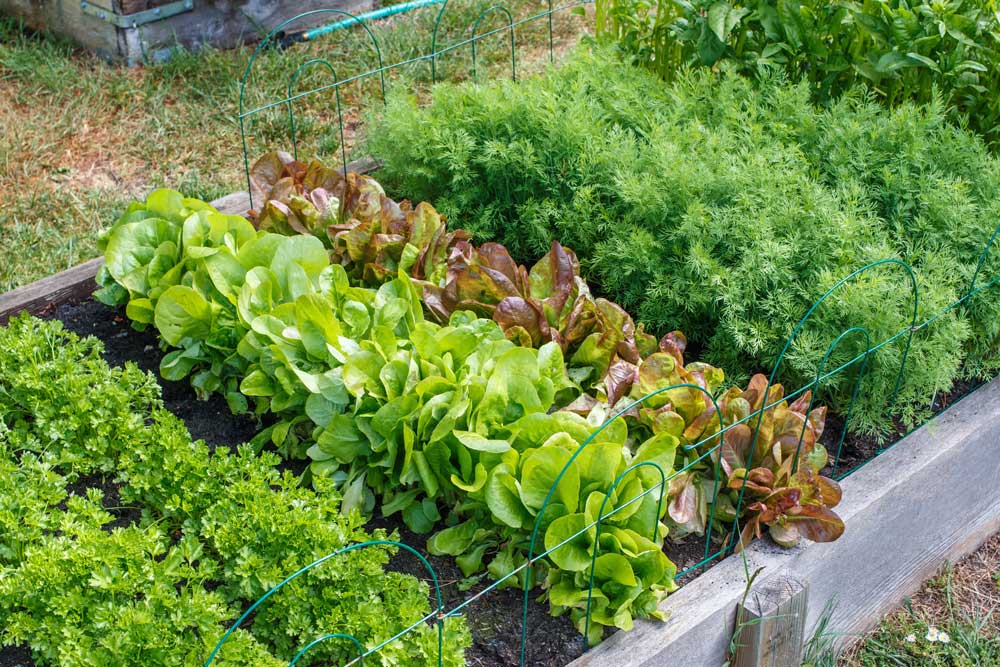
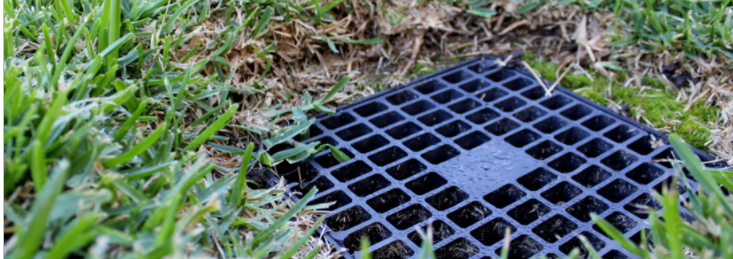

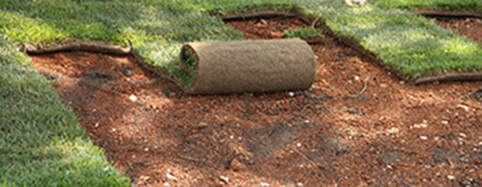
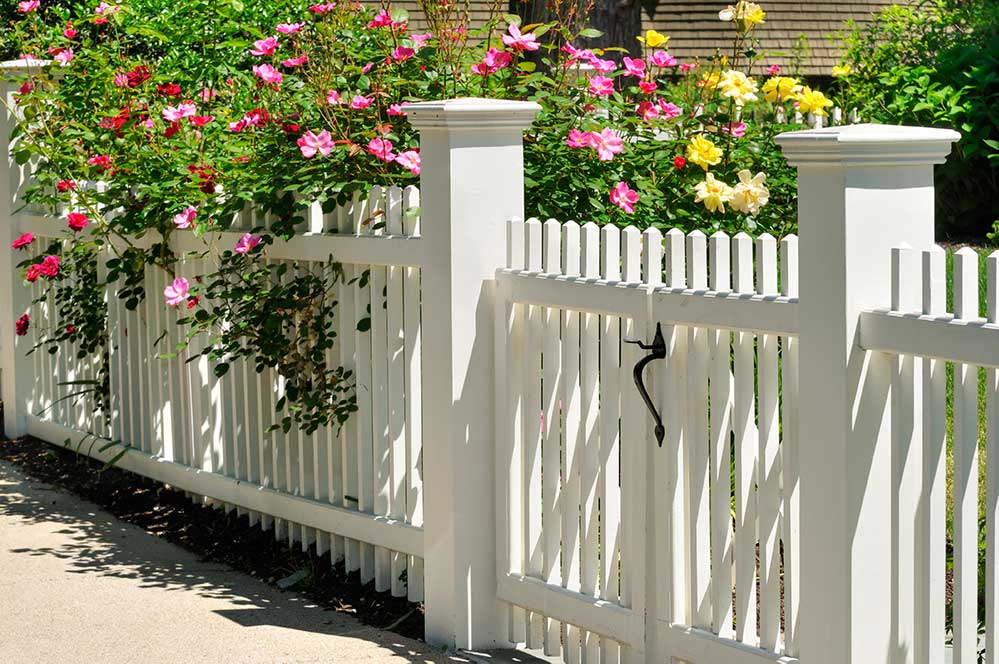
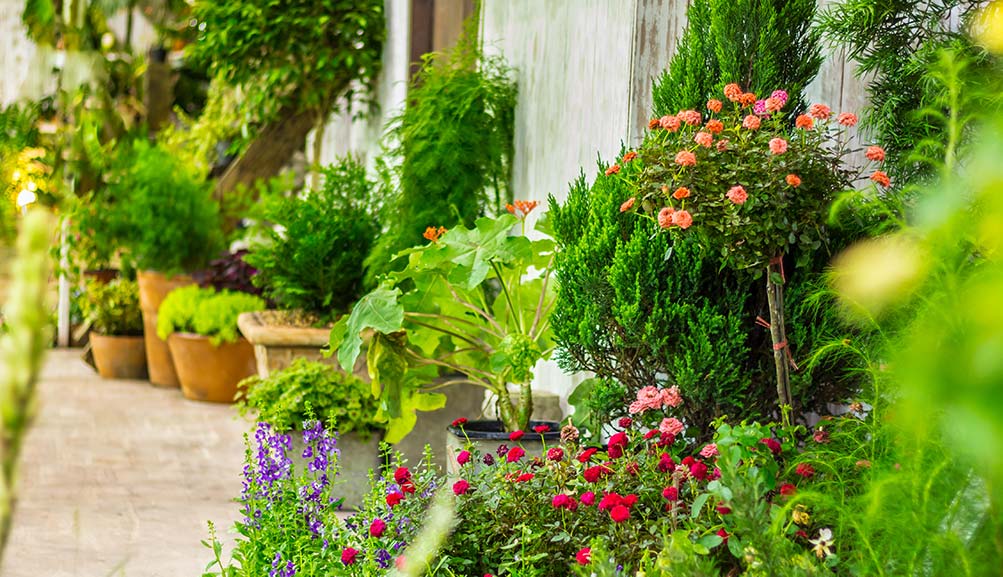
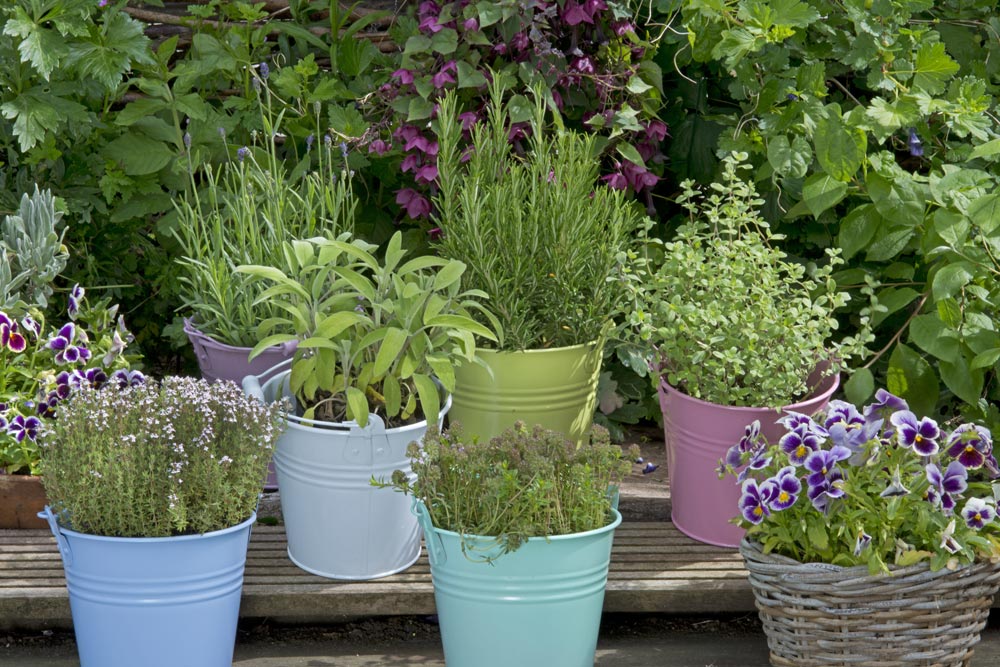
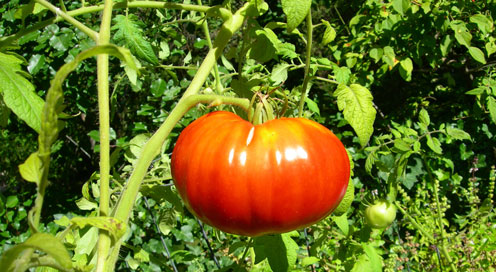
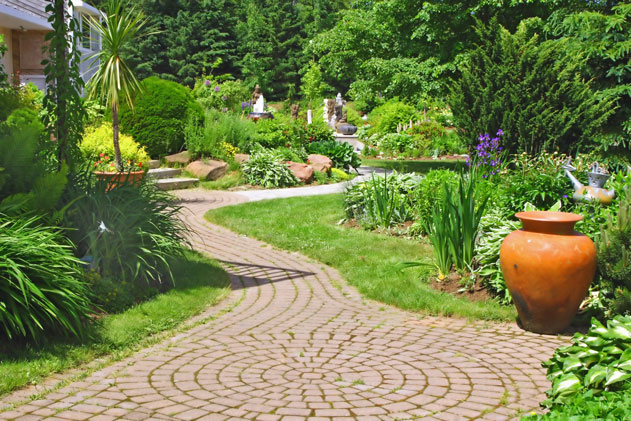
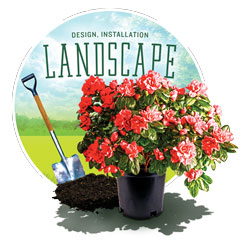

 RSS Feed
RSS Feed
